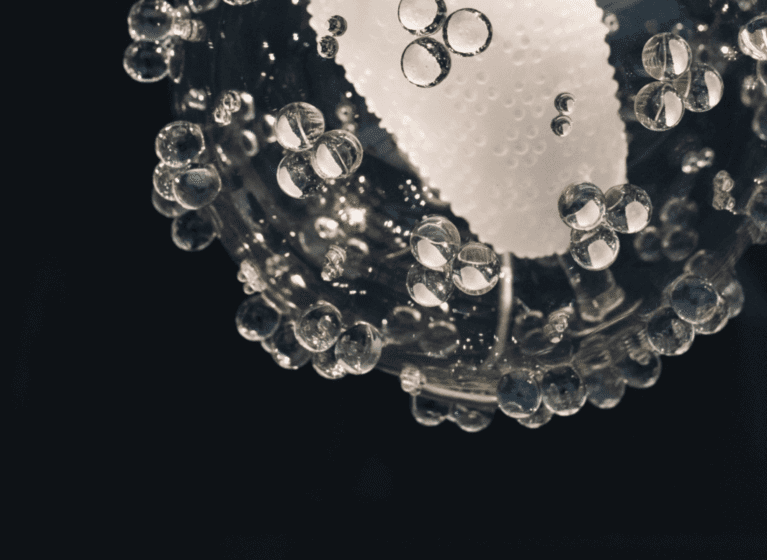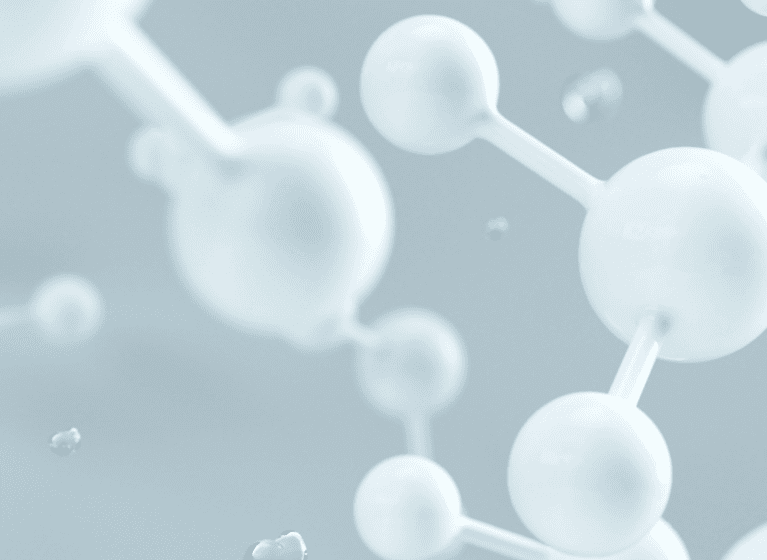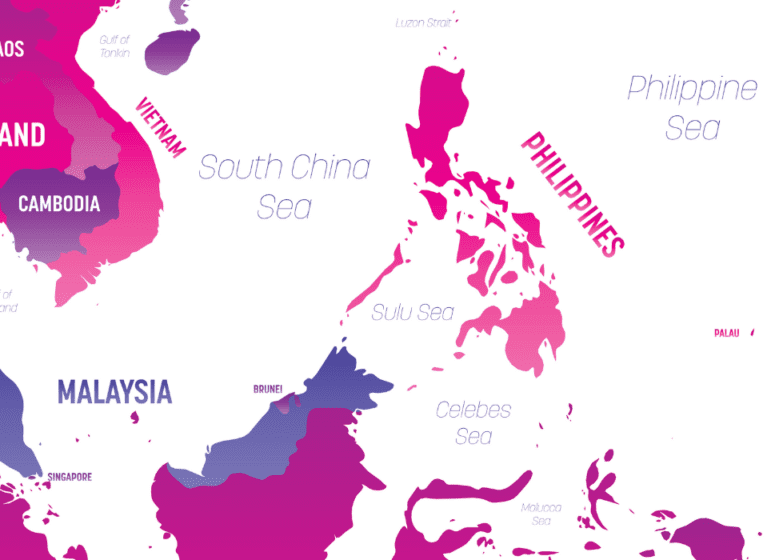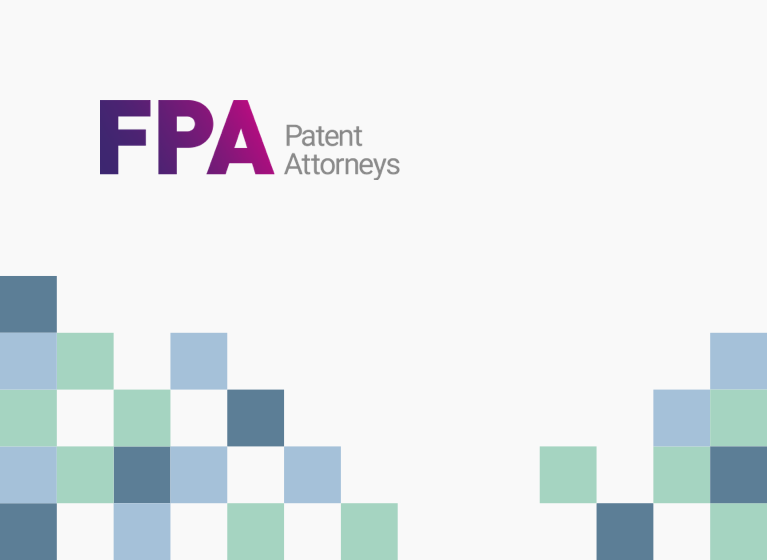Australia and New Zealand remain fertile grounds for pursuing inventions related to diagnostics, as outlined below. As the patentability of diagnostics in jurisdictions like the US has become increasingly complex, we provide reassurance that in Australia and to a lesser extent New Zealand, diagnostic claims are generally considered to be patentable subject matter (ie a “manner of manufacture”).
In summary:
- the patentability of diagnostic method claims has not changed in Australia or New Zealand in view of the Mayo decision;
- protection can be achieved for methods of diagnosis in both Australia and New Zealand; and
- the claims allowable in Australia will generally be broader than those allowable in the US.
Diagnostic methods
Australia and New Zealand do not follow the same legal tests as outlined in the Mayo US Supreme Court decision and the respective Patent Offices still apply the “traditional” tests that apply to inventions of any technology in determining whether a claimed invention is patentable subject matter. For instance, a diagnostic claim in Australia or New Zealand would not be rejected merely because it defines an association between an observation of a natural phenomenon and a disease.
In New Zealand, methods of medical treatment of humans are not patentable on the basis that they do not constitute patentable subject matter. The New Zealand Patent Office rejects claims directed to methods of diagnosis that are performed directly on the human body. In contrast however, methods of diagnosis that are performed on samples such as bodily fluids that have been removed from the body are not excluded under New Zealand law.
The position in Australia is broader than in New Zealand. The Australian Patent Office will allow methods of diagnosis that are performed directly (or indirectly) on the human body. One aspect of diagnosis is being able to monitor or identify patients who would benefit from treatment, known as companion diagnostics. In our experience, the Australian and New Zealand Patent Offices also routinely allow patents directed to companion diagnostics, with the proviso that in New Zealand, the claim does not include a step performed directly on the human body.
Some examples of diagnostic claim preambles include:
- A method for assaying x in a sample…
- A method for identifying a patient at risk of y…
- A method for identifying patients who will benefit from a therapeutic product z…
- A method for monitoring response to treatment…
- A method for monitoring disease progression…
- A method of identifying a patient at risk of toxicity to therapeutic product x…
- Product x when used in any of the above methods…
No Australian or New Zealand court decision has directly considered the question of whether diagnostic methods in particular are patentable subject matter. There were however some useful comments from some of the judges in the recent Australian Myriad case, which is the Australian namesake to the Myriad US Supreme Court decision. The Australian decision is not directly on point because the patentability of Myriad’s methods of diagnosis were not in dispute – only the polynucleotide sequences of the BRCA1 polymorphisms were. But, at least 2 Judges of the Court, said that
“[i]t is not disputed that a process or method of detecting the increased likelihood of certain kinds of malignancy…..may be patentable subject matter as a process.”
Biomarkers
Biomarkers are a measurable indicator of some biological state and encompass nucleic acids, proteins or traceable substances. The Myriad case, mentioned above, decided that claims to the isolated nucleic acids encoding for mutant forms of the BRCA1 polypeptide were not patentable subject matter. The reasoning was that the claims were drafted so broadly that they incorporated, in substance, the mere sequence “information” and information is not patentable.
Whilst both the US Supreme Court and Australian High Court found that the claim to isolated nucleic acids covered unpatentable subject matter, the interpretation of each decision by the respective Patent Offices could not be more different.
In particular, the Australian Patent Office now generally only excludes from patentability isolated nucleic acid molecules that have a naturally occurring counterpart (or in the words of the High Court’s decision, those that merely represent “information” that has not been altered or “made” by human intervention).
Accordingly, the Australian Patent Office continues to allow claims to:
- recombinant or isolated proteins;
- antibodies;
- modified viruses;
- modified polynucleotides (eg codon-optimised);
- pharmaceuticals; and
- methods of medical treatment.
There has been no equivalent Myriad case in New Zealand. The New Zealand Patent Office therefore still follows the tests set out in the NRDC case when determining the patentability of nucleic acids, so claims directed to nucleic acids are therefore considered to be patentable subject matter.
Use of patents in Australia and New Zealand
In Australia and New Zealand, there are a large number of patents granted with subject matter directed to biomarkers and diagnostic methods. The enforcement of this type of patent is no different to the enforcement of any other patent in Australia or New Zealand. Further, the laws allow a patentee to capture infringement by the supply of a product from one person to another through contributory infringement provisions.
With particular respect to Australia, the courts have demonstrated a willingness to acknowledge IP rights and regularly grant injunctions to protect the IP rights of the patentee.
There are strong reasons for seeking protection of diagnostic methods and biomarkers, including significant government reimbursement of many diagnostic related procedures.
Our biology and chemistry teams have practical experience in preparing strategic approaches to gaining commercially relevant protection for inventions related to biomarker-related subject matter. For further information on the patentability of diagnostics or biomarkers in Australia or New Zealand, or for reference to any of the discussed case law, please contact the author.







